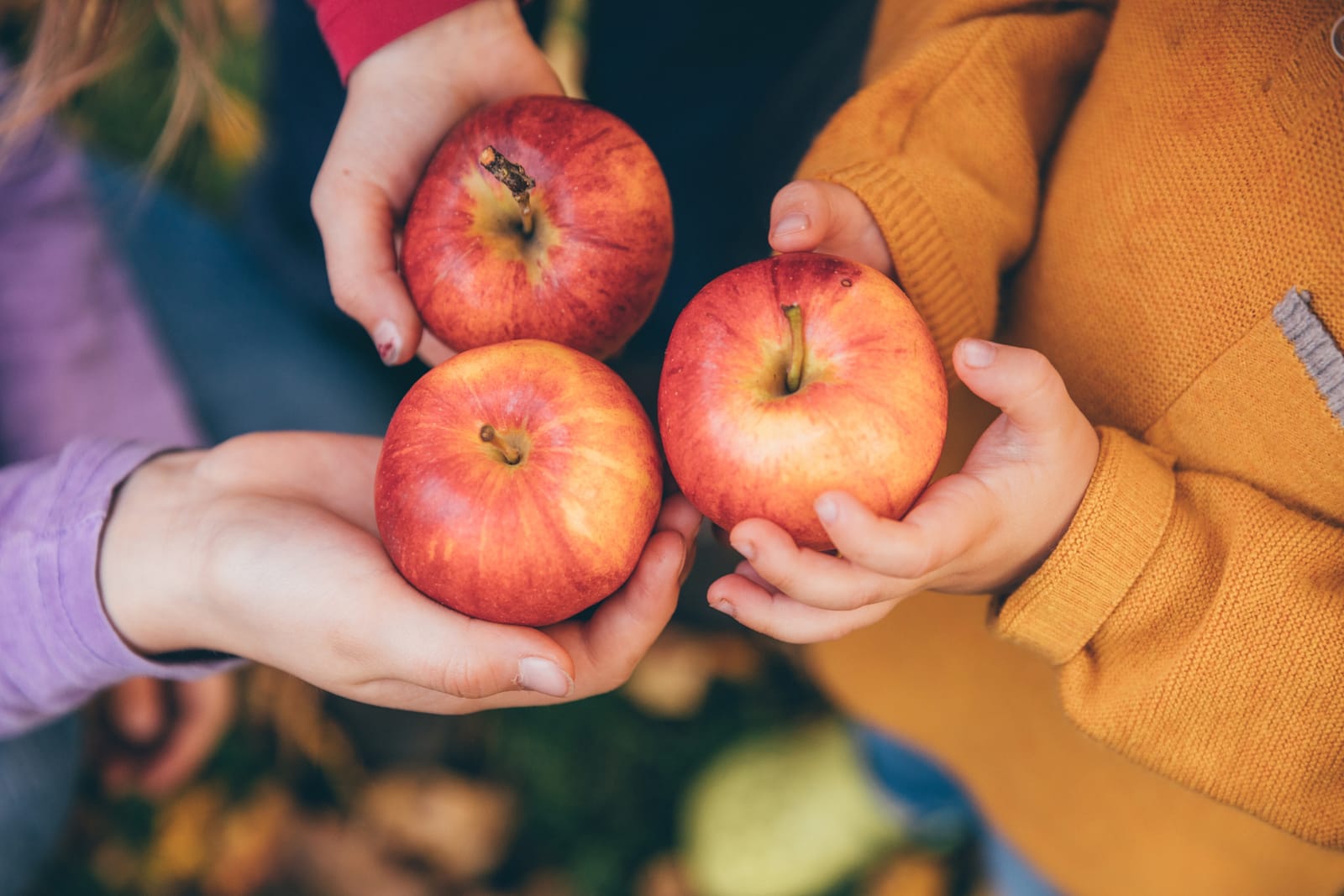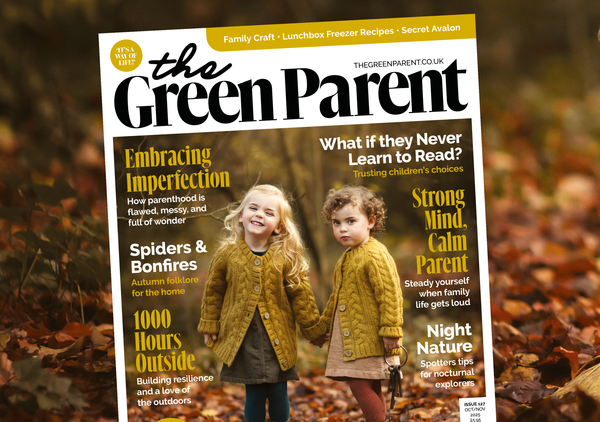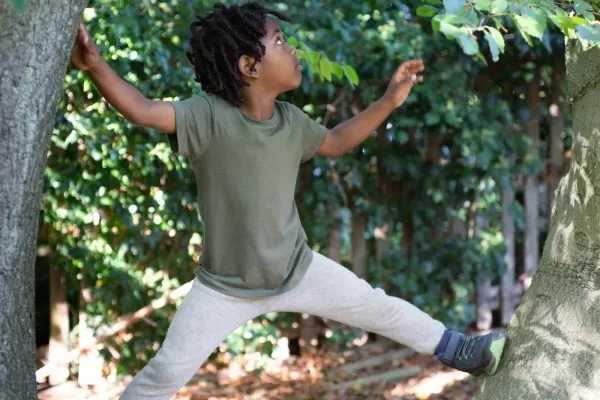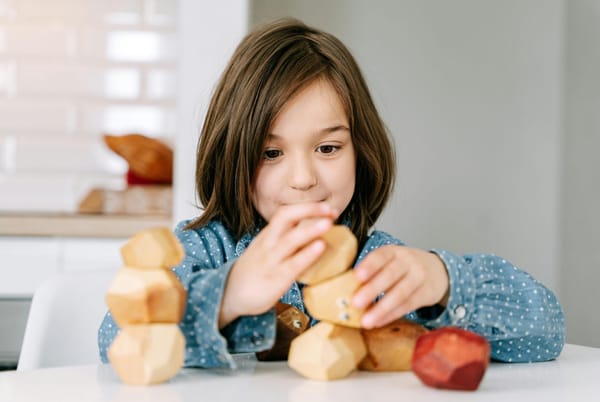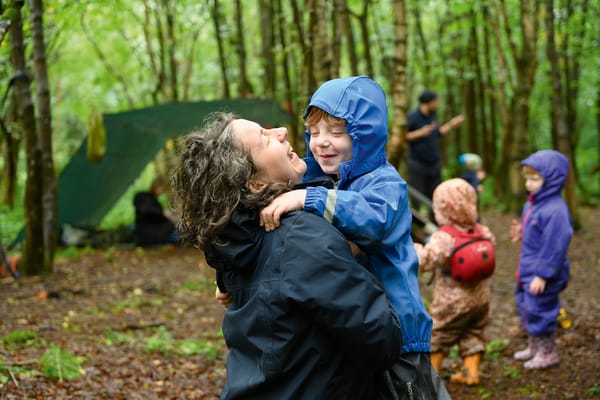On our first visit to the orchard it felt like a lost world, our very own secret garden. Tangled and unpruned boughs framed the entrance so we had to bend over and almost crawl through. Inside felt like a deep dark wood from a story book.
Hazelnuts crunched under our feet. Shoots of rose and blackberry roamed freely binding all the trees together. My two children wandered through, amazed at what happens when nature is left to her own devices, their imagination on fire. It was wild and beautiful but also in danger.
The previous owners had cultivated the site from scratch planting an impressive ten apple trees, several hazels, lilac and many different roses. They had six different and unusual varieties from Ashmead’s Kernel (an old English dessert apple from the 1700s) to the enigmatic Blenheim Orange and Discovery (a delicious but relative youngster dating from 1940).
After many years it had become unmanageable for the now elderly couple. The trees themselves were suffering from lack of pruning, some bigger boughs had broken and dangled precariously and they worried disease might soon set in. We had to do something. We wanted to honour the investment of time and energy they had made, but we knew we couldn’t do it on our own.
Calling in Community
A friend put out a call on the local allotment networks and soon we had a group of five enthusiastic volunteers ready to join a Community Orchard. They are a diverse group of passionate apple enthusiasts, like us, ranging from cider makers to those who just always wanted to own an orchard. We pooled our skills and knowledge and soon drew up a winter pruning plan to get ship shape for next harvest.
We have so many plans for the orchard. The children are looking forward to the Apple Wassail and have a talk already planned for local home educated children. It’s a great opportunity to work with this kind of energised community and take part in preserving some ancient apple traditions.
Fruits of our Labour
We visit weekly, and every season has something new. From Winter pruning, cobwebs catching the dew to Earth Star fungi nestled near the rhubarb. In Spring the house is filled with roses. But I think Autumn has to be our favourite, when the fruits of our labour finally arrive.
Windfalls line the orchard floor and sustain a myriad of creatures all delighted with the bounty from the skies. My son, who has Down Syndrome, is fascinated by the sheer variety of life which crawls and oozes from the bruised skins. He likes to speculate on the owners of the tiny mysterious bite marks. He loves picking season and happily demolishes the rosiest of our haul after proudly filling his bag to the brim.
September sees us frantically researching apple recipes. Even the children agree to help peel and chop kilo after kilo for apple cake (the very easy Torta Di Mele is our favourite) and apple and blackberry compote to freeze and use over the winter on our porridge and ice cream. The dehydrator permanently humming in the corner of the kitchen drying apple chips. As grateful recipients of free roadside apples in our pre orchard lives we now leave apples by our gate for neighbours to help themselves. Friends know where to come if they're planning an apple pie!
Why We Need to Take Action
The argument for taking action is strong. 80% of apple orchards have vanished from England and Wales since the early 1900s. Supermarket demand for uniformity means we’re losing varieties and resilience in the face of a changing climate. As a family we feel it’s important to take action to protect this heritage but we get so much more than apples in return. It’s a great way to introduce topics of wildlife, habitat conservation, diversity, sustainability and local food not just to our kids but to the whole community.
As with gardening, looking after the orchard is a very effective way of keeping climate anxiety at bay. Having a channel through which we can take practical action helps combat the helplessness which I find comes with climate disaster laden headlines plus we have some very tasty rewards. It’s also a chance to do a lot of Forest Bathing in the breaks between pruning and picking!
Having a child with a learning disability in our family has led us to recognise and value a wider definition of ‘diversity’ in society as well as in the environment. As protecting diversity of apple varieties builds the resilience of our food system I believe it also builds resilience in the children.
By watching our patient care and cultivation throughout the year pay off with tasty rewards in Autumn and the ‘experiential knowledge’ of taking part in the preparation of their own food the children come to see the merit in investing time and effort and waiting for rewards that are hard won.
When to Plant Apple Trees
Not everyone can get access to an orchard but if an apple tree in the garden is possible its best to plant between November and March. We’d recommend an easy to grow variety, like Ashmead’s kernel, which is disease resistant and good for eating, cooking and juicing from late September or Discovery, again disease resistant, and a good first time apple for eating and cooking with a slight strawberry taste, ready from mid-August. Enjoy!
Lisa lives sustainably(ish) in Wiltshire with her family and son who has Down Syndrome. She is passionate about veg growing, parenting, apples and wild meadows. She is a Family Support Consultant for Contact: the charity for families with disabled children.
MORE INSPIRATION
FOLLOW on Instagram at @lisa.costley and X at @lisa_costley


